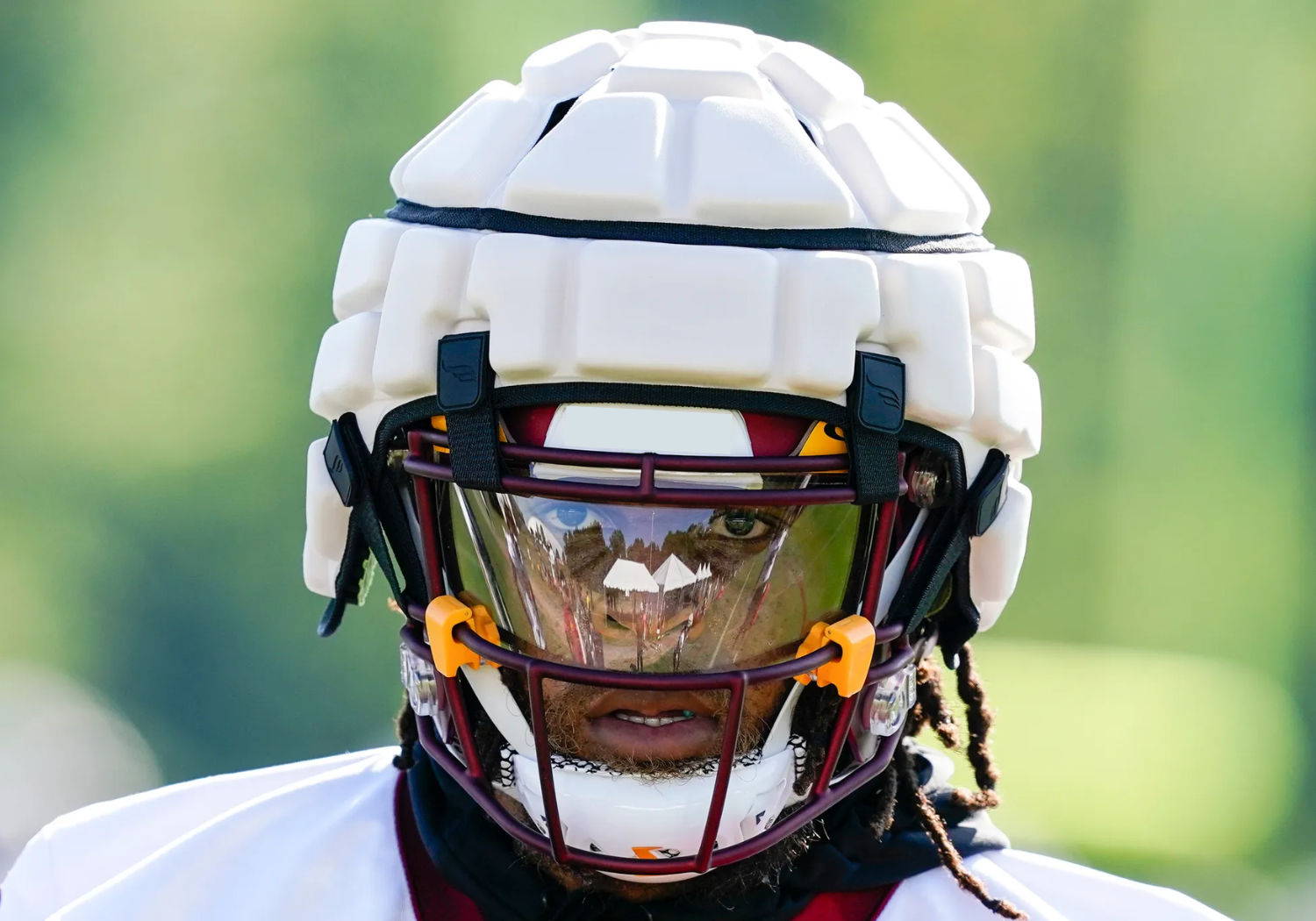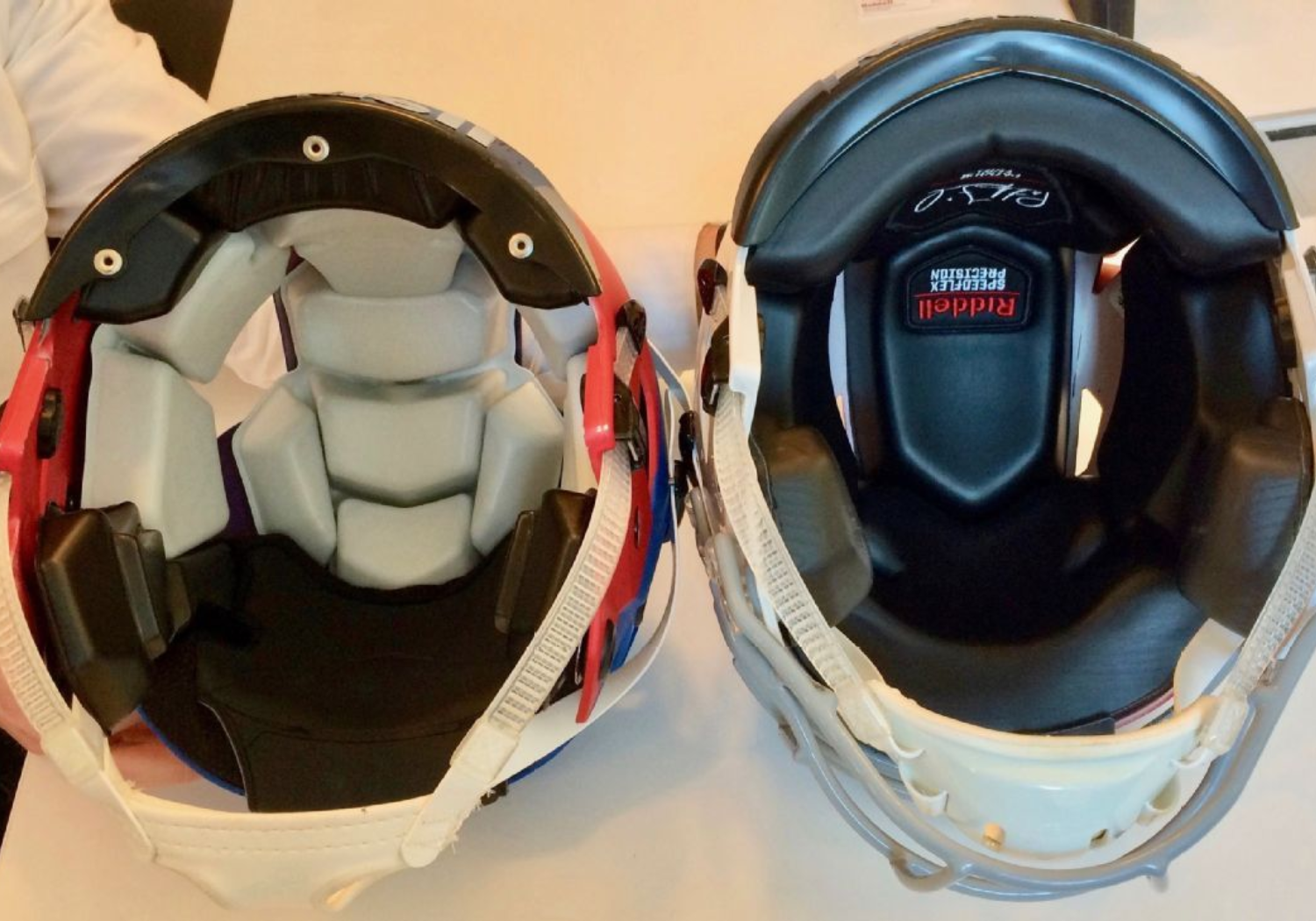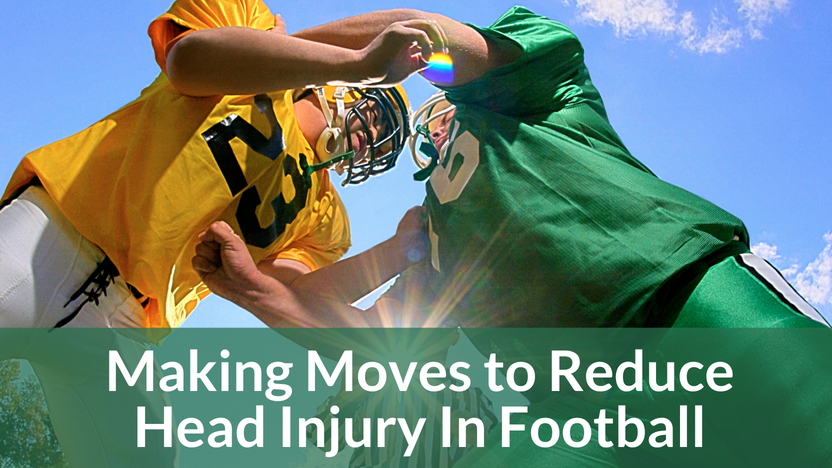Reducing Head Injuries In Football
Posted by EyePromise on Nov 13th 2024
Football has always been a heavy contact sport. This level of contact has led to numerous injuries becoming common among players, including concussions and other head injuries. As the long-term impact of these injuries continue to surface and cause concern, many professional and collegiate football organizations have implemented changes to better protect the brain during these collisions.
Guardian Caps

Back in the late 2000s, chronic traumatic encephalopathy (CTE) was gaining a ton of traction across medical and football professionals. CTE is a debilitating cognitive issue that causes a range of symptoms, including memory loss. Guardian Caps were created to provide specialized padding that slips over the helmet to provide extra protection from impact. First developed in 2011, these specialized caps weren’t implemented until 2015, when teams started using them in practice.
Between 2015 and 2019, Guardian Caps underwent extensive league testing during training sessions, starting with offensive and defensive linemen, as they were seen as the most at risk. By 2020, on-field testing had begun, and by 2022, all training camps were mandated to provide guardian caps for specific positions, including linemen and quarterbacks. The current iteration, called Guardian NXT, includes additional padding that “floats” to help the cap move with the helmet and reduce risk of neck injury.
For the 2024 season, you may see some professional and collegiate players utilizing these new Guardian Caps during game play in an effort to better protect themselves and their brains.
Updated Helmets
Another update for the 2024 season includes updated helmet designs. According to a release from the NFL, this season “includes the five safest helmets ever tested, a record 12 new models, and eight new position-specific helmets designed to provide players with the best protection for their position.” These specially crafted models provide as much protection, and more in some cases, as a helmet paired with a Guardian Cap. These new helmet designs have been widely adopted, with over 240 players choosing to wear them and nearly 200 choosing position-specific helmets.

Rule Implementations Over the Years
Since the surge in CTE awareness and calls for action, leagues have made changes to their rules to try and mitigate the risk of injury beyond equipment. A few of those rules are detailed below:
- Targeting rule: Implemented in 2018, this rule penalizes hits to the head.
- Use of the Helmet rule: This rule was implemented to help reduce helmet-to-helmet contact.
- Neuropsychological baseline tests: This rule requires baseline testing and remeasurement for players before returning after a head injury.
- Hotline for reporting pressure to play: This hotline was developed to provide players with an outlet to report pressure to play against doctor's orders.
Nutrition: A Novel Option
As research emerges, more and more evidence points to nutrition as a powerful protective measure for many parts of our bodies, including our brains. Specifically, a pair of antioxidants called zeaxanthin (zee-uh-zan-thin) and lutein (loo-teen) have been connected with supporting and enhancing cognitive functions like memory, focus, and decision making. In fact, a study published in 2023 found that brains with detrimental memory issues were specifically lacking zeaxanthin.
While more research is needed to strengthen the connection between nutrition and cognition, starting a supplement regimen that bolsters daily intake of zeaxanthin and lutein couldn’t hurt. Learn more about these nutrients and the role they play in performance.
As many football leagues move towards safer play, we can only hope that the rates of concussion and CTE drop with these new regulations. We’re looking forward to a safe and exciting season!


